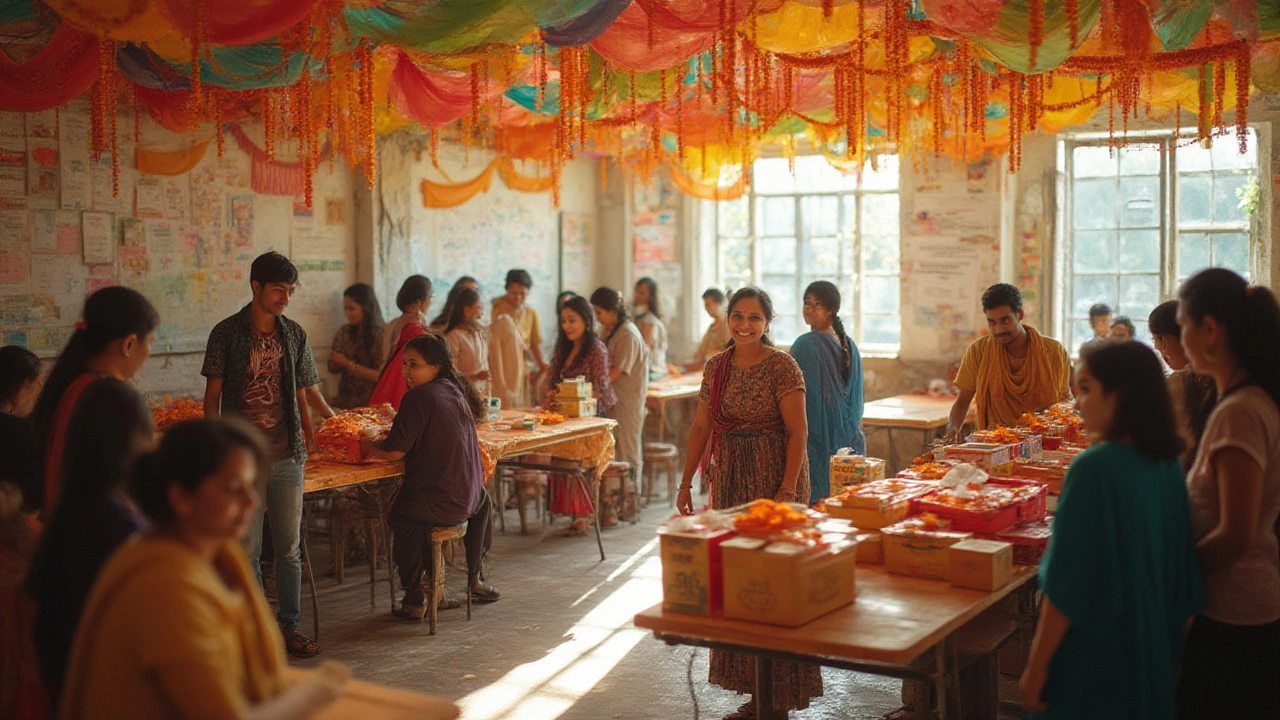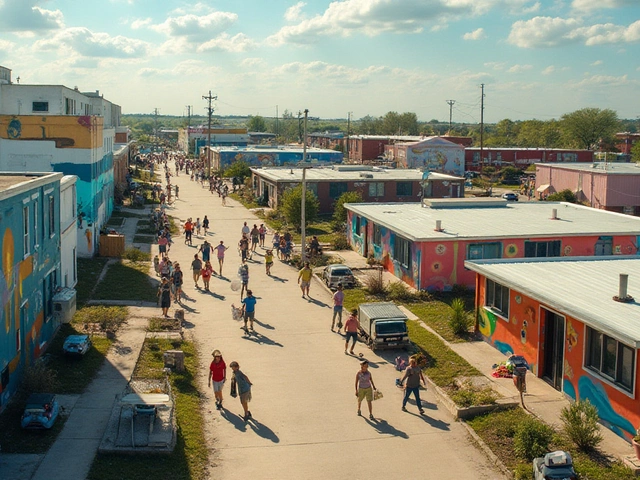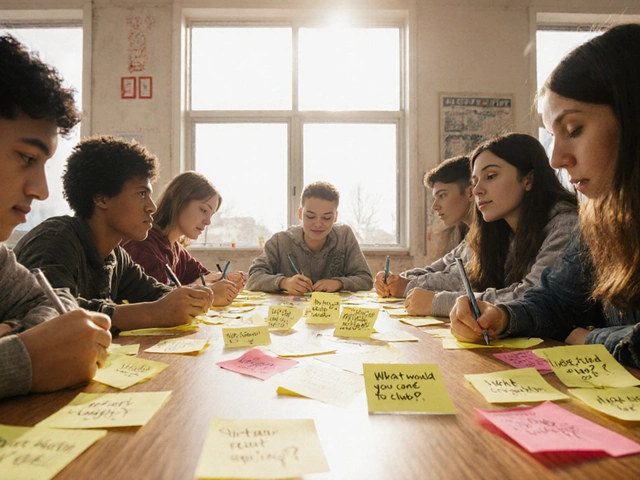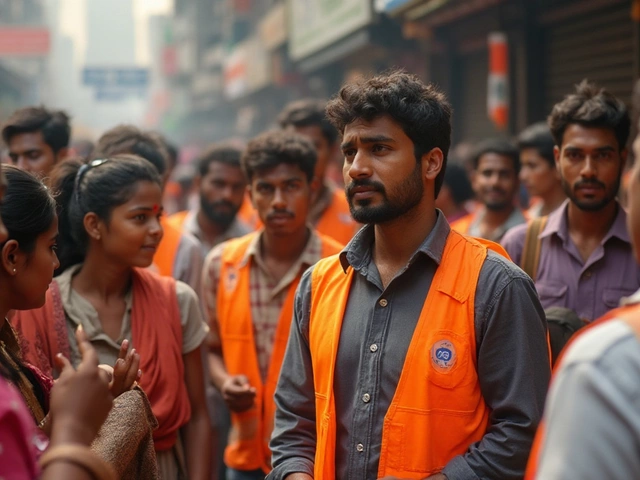Few things flip a boring Tuesday into high gear like a charity event that turns heads and opens wallets. But if you've never set up one of these things before, the whole concept can feel as slippery as a dropped ice cream cone in July. What goes first: the team or the theme? Will people even show up, or just politely ignore your emails? Here's what's wild—70% of donors say they're more likely to give at in-person fundraising events, but almost half of first-time planners stall out before they even pick a date. So if you're nervous, you're not alone.
Laying the Groundwork: Planning with Purpose
Everything starts with a goal, and I'm not just talking about dollar signs. Ask yourself: what story are you telling? Are you raising money for a youth program, animal shelter, mental health outreach, or something way off the map? Specificity matters. For example, "Help local teens access computers for school" will always be more compelling than "raise funds for tech." Sharpen up your goal so the who, what, and why shine through. This is the magnet for your volunteers and the spark for your sponsors.
Next, build your squad. Don't go it alone—recruit people who care, but who also bring different superpowers to the table (think: social media savvy, budgeting wizard, spreadsheet whiz, the friend who can charm any business into sponsoring you). Did you know groups with at least five active planners raise, on average, 13% more than smaller groups? Map out tasks: somebody handles vendors, someone else works on invites, another handles finances, and yes, a social media maven is a must. Keep meetings casual but focused. Google Docs or Trello can keep everyone updated without the endless email chains.
Choosing the event type seems obvious but can make or break your turnout. Galas sound fancy, but sometimes a comedy night, bake sale, or fun run gets more buzz—especially if it fits your cause or your crowd. If your goal is community outreach, keep it open to families. If you’re raising for animal rescue, pet-friendly is a must. Virtual is still on the table, especially for far-flung supporters; hybrid models (in-person + livestream) are gaining traction too. One stat to chew on: events with interactive activities (auctions, games, voting) raise 30% more than straight lectures or sit-down dinners.
Budget. Don't pretend you can "just wing it." Write down every single thing you might spend on—from venue to printing, snacks to signs, music to decorations, permits to porta-potties. Pad your guesses by 10-15% for last-minute surprises; they always pop up. Align your fundraising goal beyond your budget, so you're not barely breaking even. If the costs look scary, brainstorm creative sponsorships. Could the local bakery donate cupcakes in exchange for logo mention? A coffee shop host a planning meeting for free? Local businesses love being part of a good story but need a reason to help. Offer benefits like social media shoutouts, logos on flyers, or even naming rights (“Sponsored by….”).
Set your date. Check the community calendar—nothing kills momentum like clashing with the town fair or another big event. Aim for a window that gives you enough time to plan but not so much that you lose steam. Six to eight weeks prep is typical for smaller events; the big stuff, think six months or more.
Document your plan. Sounds boring—do it anyway. Make a simple timeline, write down the who-does-what and when, and set up meetings to nudge everyone along. That way, as details pile up, you won’t drown in chaos.
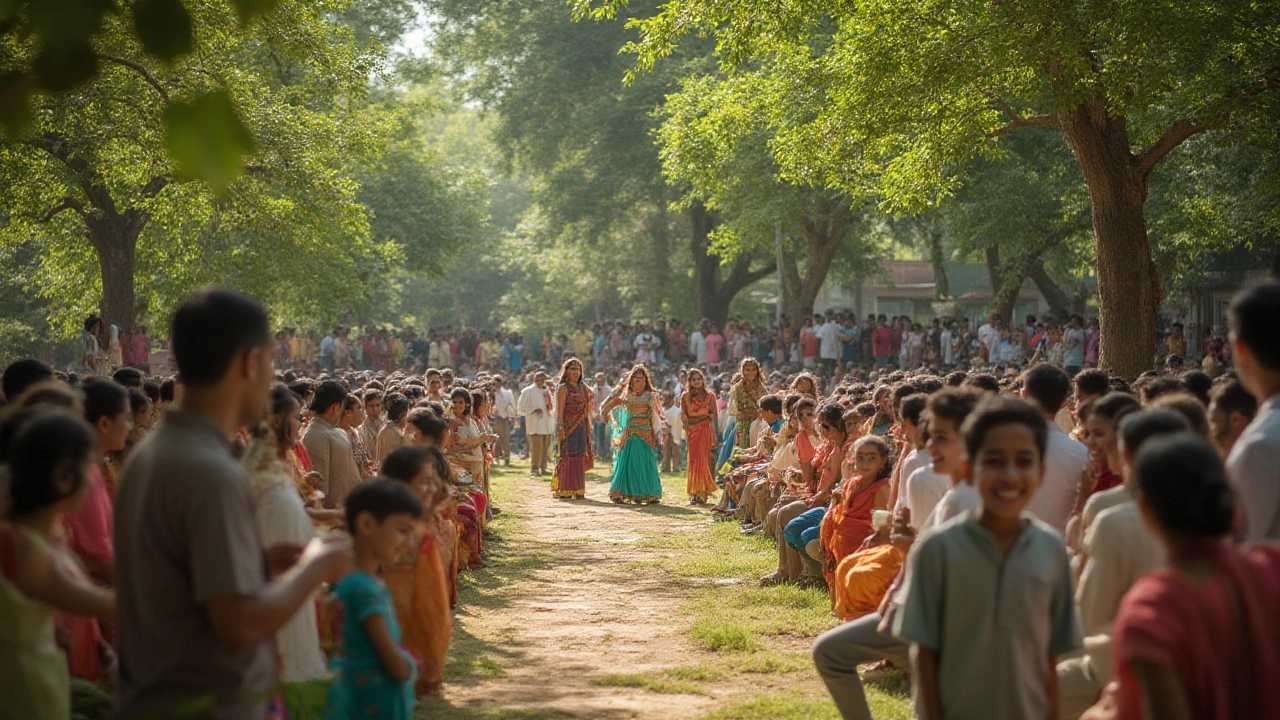
Making It Happen: Promotion, Partnerships, and Pulling People In
Let’s talk about promotion. If you build it, they won’t just come—you have to call, email, post, remind, then remind again (and again). Social media is your friend, obviously, but so are old-school press releases. Did you know that even in 2025, 36% of local donors first hear about charity events via their community newspaper or radio station? Make your event sound can’t-miss, and always link to a website or easy RSVP page.
Use personal stories everywhere: "Here's what one laptop did for Ana, a local high school senior" beats “We gave out 10 laptops” every time. Tap into the story of your cause. People support people, not pie charts.
Grab attention with visuals. Make a simple logo or catchy event flyer in Canva or another free tool. Profiles with images, countdown graphics, and short video invites perform way better than plain text. If you can, line up at least one local influencer or media personality to give your event a shoutout. Offer them a sneak peek, a free ticket, or just genuine appreciation.
Set up digital RSVP options, plus a paper list at the grocery store or town hall. Some folks don’t trust links or aren’t online much. Offer ways to donate for people who can’t attend via a secure and easy payment platform—think PayPal, Venmo, or your nonprofit’s giving portal.
Now, on partnerships—here’s where the magic (and money) happens. Local business sponsors want reasons to say yes. Branded tables, featured speaking spots, be-your-own-judge at a bake-off—offer fun public thank-yous to make their donation feel valuable. According to Charity Navigator, events with three or more business sponsors net 40% more funds than DIY-only affairs. Don’t be shy about asking; what’s the worst that happens? They say no, and you move on.
Volunteers: recruit early and appreciate big. They might help set up the day of, promote, donate skills (like a photographer or DJ), or man the drink stand. Never underestimate the power of a handwritten thank-you. Most fundraising pros agree, and The Chronicle of Philanthropy once published,
“A volunteer who feels noticed is far more likely to return—and bring friends next time.”
Keep your donors looped in. Event updates, "sneak peeks," or behind-the-scenes posts build anticipation and keep supporters invested. After the event, send a follow-up with a recap, real results, and a thanks—preferably with photos for instant shareability.
Pay attention to accessibility. Make sure your venue is easy for everyone—crowd flow, parking, ramps, quiet areas if needed. Offer food options for allergies. Digital events? Provide captions or language translation if possible.
Here’s a neat tip: create a hashtag ahead of time, print it on signs, encourage guests to use it. Track shares and repost them. This keeps your event alive online and may attract new fans for your cause.
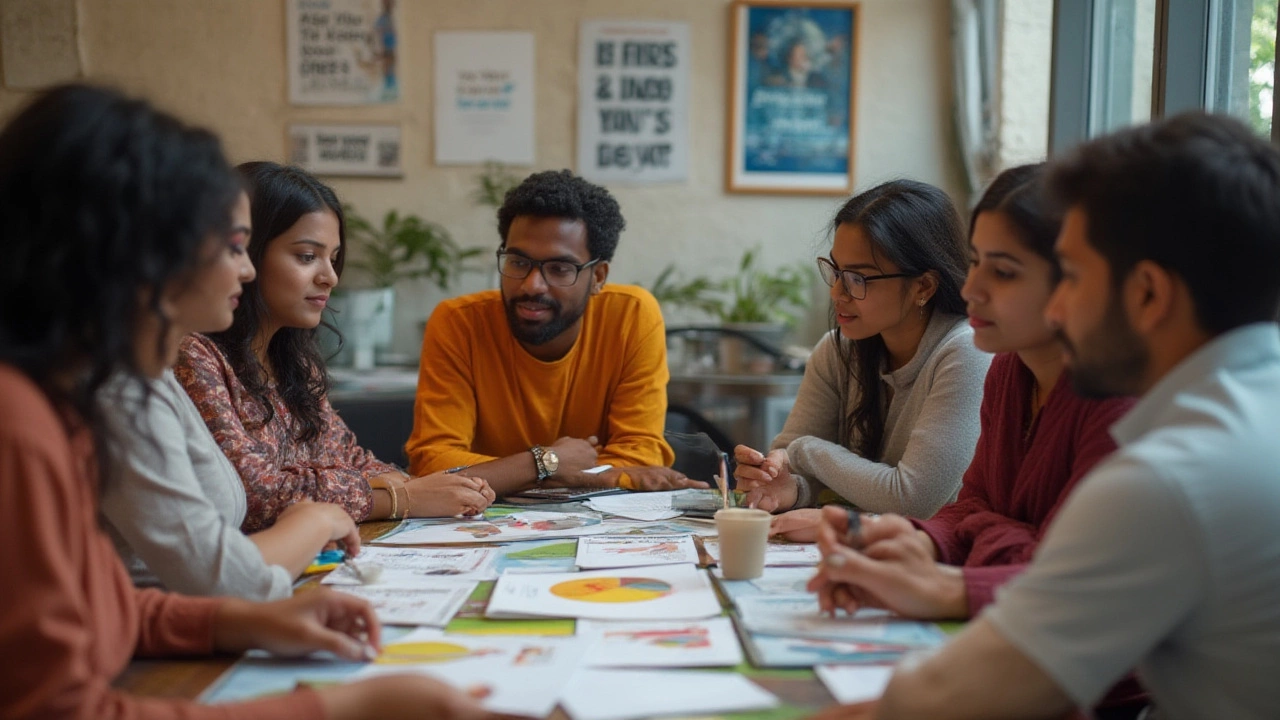
Executing The Big Day—and What Comes Next
Set-up is always a blur, so use detailed checklists and visuals. Assign clear roles for each volunteer: who’s at the welcome desk? Who’s guiding people? Who’s handling the guest speaker? Clipboard in hand, don’t just wing it—even a simple run of show will save you headaches. If tech is involved (laptops, speakers, microphones), test everything twice. Nothing kicks off a stress spiral like a dead mic or a broken donation link.
Greet everyone personally if you can. A smile and a quick "thanks for being here" go a long way, especially with big donors or business sponsors. If you can, give them something small to take home—custom stickers, magnets, or a thank-you note. This is how you stay in people’s good graces for next year’s ask.
Keep things moving. Use engaging emcees, clear signage, and a tightly paced schedule. Offer ways to give on site (QR codes, cash boxes, or credit card swipers). Display your goal progress on a board—seeing the total climb in real time gets people excited to chip in. Interactive elements (photo booths, trivia contests, hands-on demos) keep guests from drifting toward the exits early.
Hungry people stop being generous fast, so don’t skimp on food and drink—even if it’s simple. Water, coffee, snacks, maybe a food truck or volunteer-baked goods. If it’s family-friendly, have a kids’ area or a simple craft table.
Document everything. Assign a photographer or social media volunteer to capture the vibe. These pics aren’t just memories—they’re marketing gold for your donor thank-yous and next year’s event pitch. Tag everyone who helps, and always share credit widely. Make the room feel like a community, because that’s what you’re building.
After the event, crunch the numbers. How did you do against your goal? Track every expense and every dollar received. Here’s a simple donation breakdown example:
| Source | Amount Raised ($) |
|---|---|
| Ticket Sales | 3,200 |
| Silent Auction | 2,100 |
| Sponsorships | 4,000 |
| Online Donations | 1,150 |
| Raffle | 750 |
Post a thank-you on your homepage, call out your sponsors, share your photo gallery, and (most important) talk about real impact: "With your help, we bought 25 new laptops for local teens." If you missed your goal, don’t panic—share how close you came, and invite more support with a mini follow-up campaign.
Reflect with your team about what worked, what didn’t, and how to make it bigger and smoother next year. Keep the list of donors, volunteers, and businesses handy, and keep in touch—a short thank-you note three months later keeps your group top of mind. Finally, celebrate what you achieved, even if it was just pulling off your first event. Momentum is everything in fundraising, so ride that wave into your next wild idea.
One thing’s certain: the more personal, engaging, and hands-on your approach, the better your shot at raising real funds and building a loyal supporter crew. Fundraising event planning can be a wild ride, but with careful prep and honest connection, you can make a serious impact—and have a little fun along the way.
